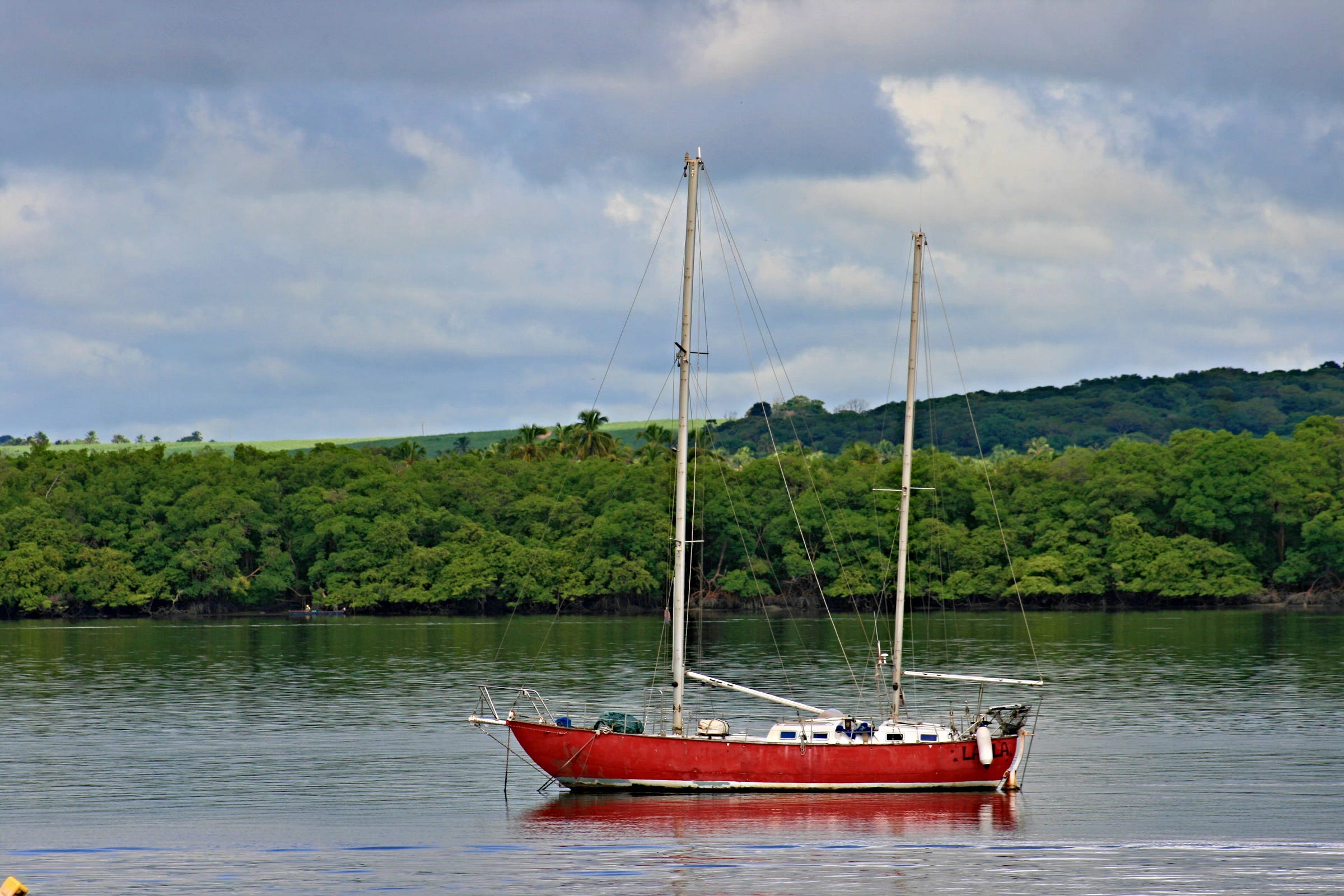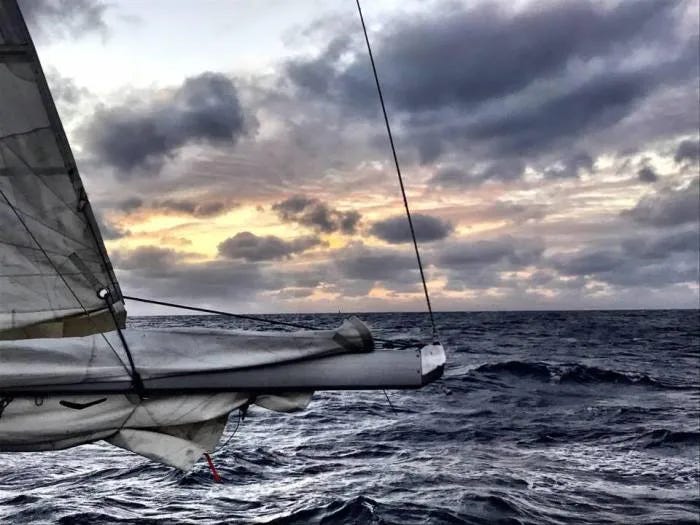You’ve prepared. You’ve found a boat. You’ve crossed an ocean, or at least a few hundred miles of open water.
Now what?
This final chapter isn’t about how to get on the boat. It’s about what happens when the boat ride ends—because one of the most overlooked parts of Global Hitchhiking is that it’s a cycle, not a single event. You’ll board, sail, disembark, regroup, and do it again (or not). This chapter is about that rhythm, and how to live a crewing life over time—not just one passage at a time.
⛵ Getting Off the Boat Gracefully
When a passage ends, so does a temporary community. Whether the trip lasted a week or a month, there are ways to leave well:
Express gratitude (in person or in writing)
Clean your space thoroughly—leave it better than you found it
Respect boundaries around relationships formed on board
Stay in touch with captains and crew—you never know where they’ll be next
Even if the trip wasn’t perfect, exit with integrity. Word travels fast in the sailing community, and you’re only ever one referral away from your next boat. If you are going onto another boat and you had a good experience with the current skipper, ask them for a referral. A letter from another skipper goes a long way to convince the next skipper of your skills.
Ironically, my asshole skipper in Tonga voluntarily spoke to the skipper of my next boat, telling him what a terrible crew member I was. Luckily, I had already spoken to the new skipper in Niue, and explained the situation, so he was prepared to ignore most of what that old skipper said.
🧳 What to Pack (and What Not to)
Every boat is different, but here’s a solid starter packing list for most crewing journeys:
✅ Global HitchHiking Packing List
Clothing & Gear
1–2 quick-dry shirts
1 pair of quick-dry shorts
1 long-sleeve rash guard or hoodie
1 lightweight windbreaker
1 swimsuit
1 pair deck shoes or non-marking sandals
Hat, sunglasses, and buff or bandana
Soft duffel or backpack (no hard luggage)
Sleep & Hygiene
Lightweight sleeping bag or liner
Compact towel
Personal hygiene kit (reef-safe)
Small first aid kit
Seasickness meds (yes, even if you “never” get sick)
Electronics & Tools
Headlamp with red light mode
Waterproof bag or dry sack for electronics
Phone + international charger(s)
Power bank
Pocket knife or multitool
Documents & Money
Passport (6+ months validity)
Travel insurance info
Credit card and small local currency stash
Vaccination cards (digital + print)
🌎 After the Passage: What Next?
Sailing is often just one leg of a longer journey. Between passages, you may find yourself:
Waiting weeks in a remote port
Living cheaply on land
Booking flights to the next crewing hotspot
Or realizing you want to rest for a while
That’s normal. There’s a rhythm to this life: on the water, off the water. Salt-stained weeks followed by land-based recalibration. The best hitchhikers learn how to rest without quitting—and how to plan without overcommitting.
🧑💻 The Digital Nomad Side of Crewing
If you want to crew long-term, eventually you’ll need to fund it—or at least float yourself between passages.
Here are a few ways I’ve seen fellow sailors sustain the lifestyle:
Freelance work (writing, design, tech, coaching, virtual assistance)
Boat delivery work (once you're experienced)
Seasonal gigs in marinas, dive shops, or hostels
Remote consulting (my own cybersecurity background helped here)
Some people just save up and crew for a year. Others find ways to build a life around it. If you’re good at sail or boat repair, you have a job anywhere you sail. There’s no single blueprint—but crewing can be part of a sustainable slow-travel lifestyle if you think creatively and plan ahead.
🌤 When It’s Time for Land
Some stretches of water aren’t meant to be crossed right now. Some seasons call you inland.
Whether it’s for a few weeks or a few years, don’t be afraid to pause. Some of my best memories came between boats—staying with fellow sailors, backpacking through Southeast Asia, or just recovering after a difficult leg.
Stepping off the boat isn’t failure. It’s part of the flow.
And trust me—the sea will still be there when you’re ready.
During my 3-year circumnavigation, I took:
2 months off in Bonaire, getting my divemaster certification.
8 months in Malaysia, traveling around SE Asia.
2 months in Reunion, getting a Cybersecurity certificate, while my shipmates flew home to Canada to attend a wedding.
2 months in South Africa (it was Christmas, and my shipmates wanted to go home for a bit)
3 months in Colombia, before boarding my final boat to Panama and completing my circumnavigation.
There’s nothing that says you have to do it all at once. There are plenty of races to sail around the world as fast as you can. Join one of those if you’re in a hurry.
🧭 Final Word: This Life Is Real
I circumnavigated the globe by hitchhiking on sailboats. I had no boat of my own. I wasn’t rich. I wasn’t young. But I figured it out one passage at a time.
And you can too.
Global Hitchhiking isn’t a fantasy. It’s not a cruise. It’s a working, wandering, weather-bound lifestyle that trades money for labor, and convenience for story. And that trade is more than fair—if you’re wired for it.
If you’ve read this far, you probably are.
So go find your first boat. Or your next one.
The world is still big. The wind still blows. The ocean still wants to show you something.
You don’t need a boat.
You just need to say yes.
To return to any of the articles in this series, here’s a list:
🌍 Global Hitchhiking—How I Sailed Around the World Without Owning a Boat
🧭 Global Hitchhiking II—How to Prepare for Global Hitchhiking
🧳 Global Hitchhiking III—How to Find Boats and Start Crewing
🛟 Global Hitchhiking IV—Safety Considerations While Crewing
🚺 Global Hitchhiking V—Safety Considerations for Women Crewing
Thanks for reading. If you enjoy posts like this—where travel, truth, and story all intersect—consider subscribing and following. I write about sailing, cybersecurity, AI, and adventure, with a few detours into the absurd.
⛵🧭
Matt Ray
Living Large by Living Little
About the Author
Matt Ray is a sailor, writer, and cybersecurity tinkerer. He once circled the globe by hitchhiking on sailboats—and somehow lived to write about it.





